-
×
 DIGI POT Click
1 × R370.00
DIGI POT Click
1 × R370.00 -
×
 tRF Click
2 × R1,050.00
tRF Click
2 × R1,050.00 -
×
 BUZZ Click
1 × R115.00
BUZZ Click
1 × R115.00 -
×
 GSM/GNSS Click
2 × R1,700.00
GSM/GNSS Click
2 × R1,700.00 -
×
 LPG Click
1 × R335.00
LPG Click
1 × R335.00 -
×
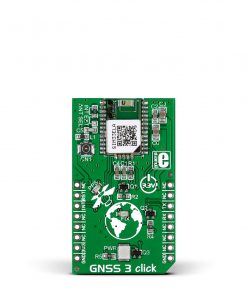 GNSS 3 Click
1 × R510.00
GNSS 3 Click
1 × R510.00 -
×
 WiFi Plus Click
1 × R2,250.00
WiFi Plus Click
1 × R2,250.00 -
×
 MP3 Click
1 × R485.00
MP3 Click
1 × R485.00 -
×
 RS485 Click 5V
1 × R235.00
RS485 Click 5V
1 × R235.00 -
×
 Accel Click
1 × R355.00
Accel Click
1 × R355.00 -
×
 MPU 9DOF Click
1 × R550.00
MPU 9DOF Click
1 × R550.00
Subtotal: R10,705.00


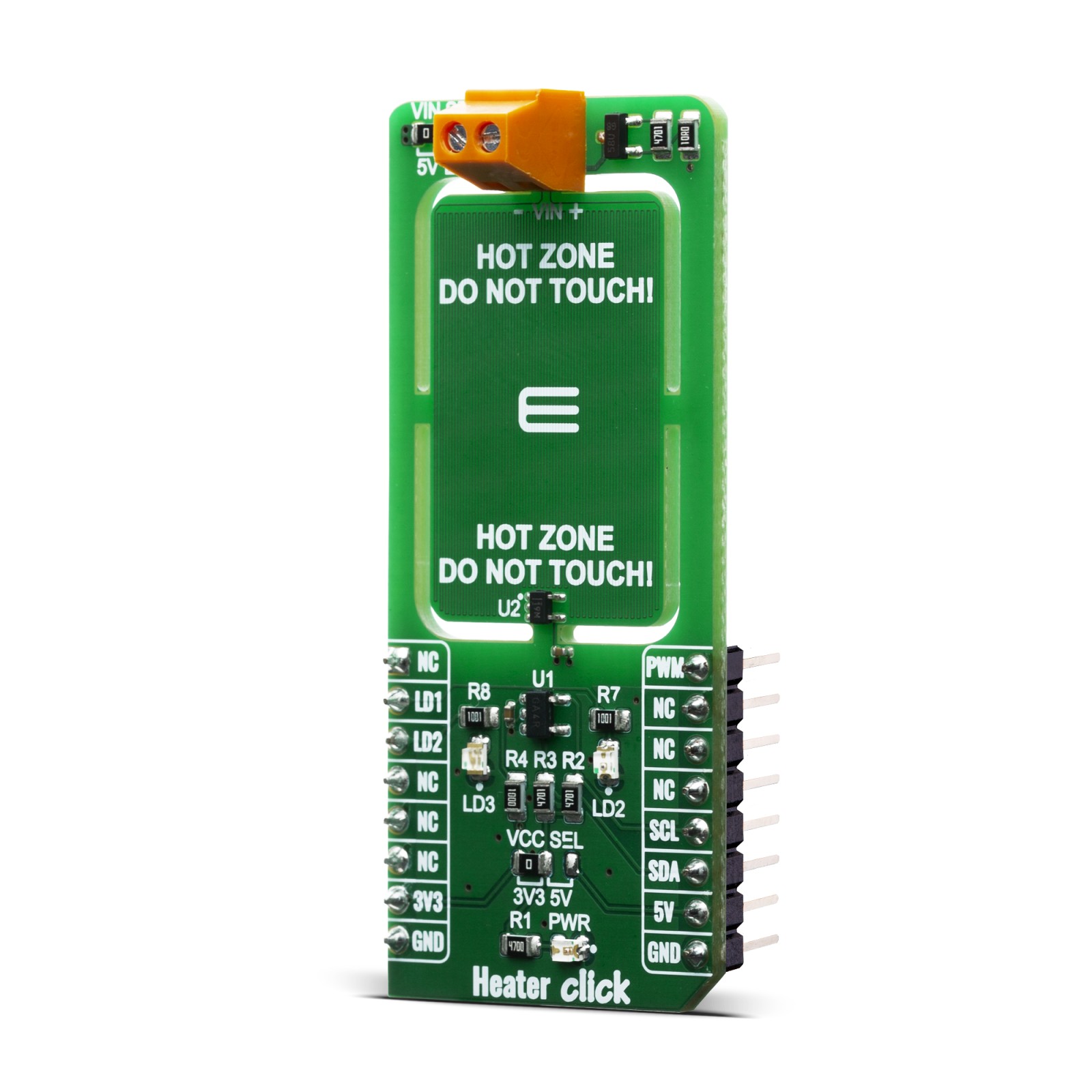
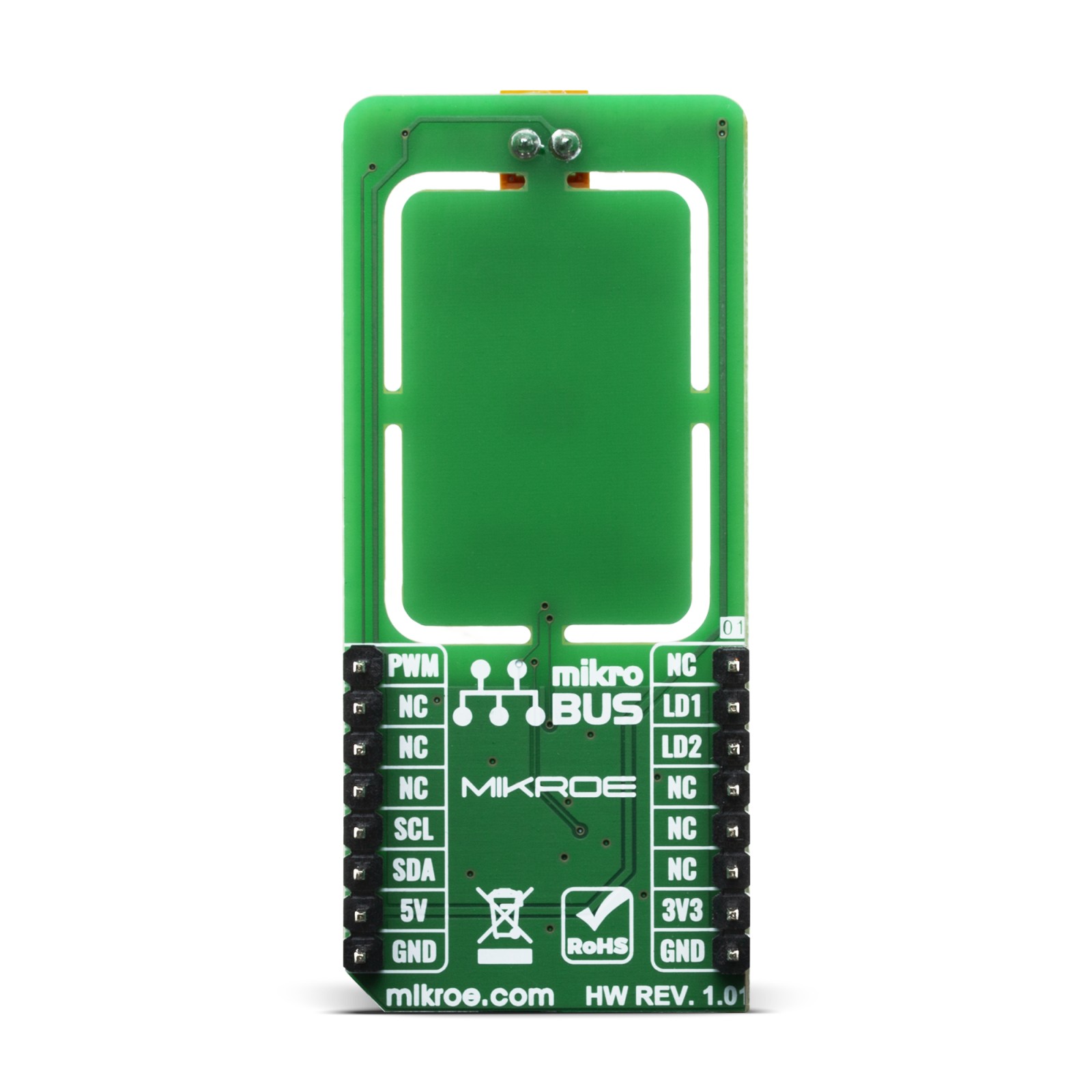

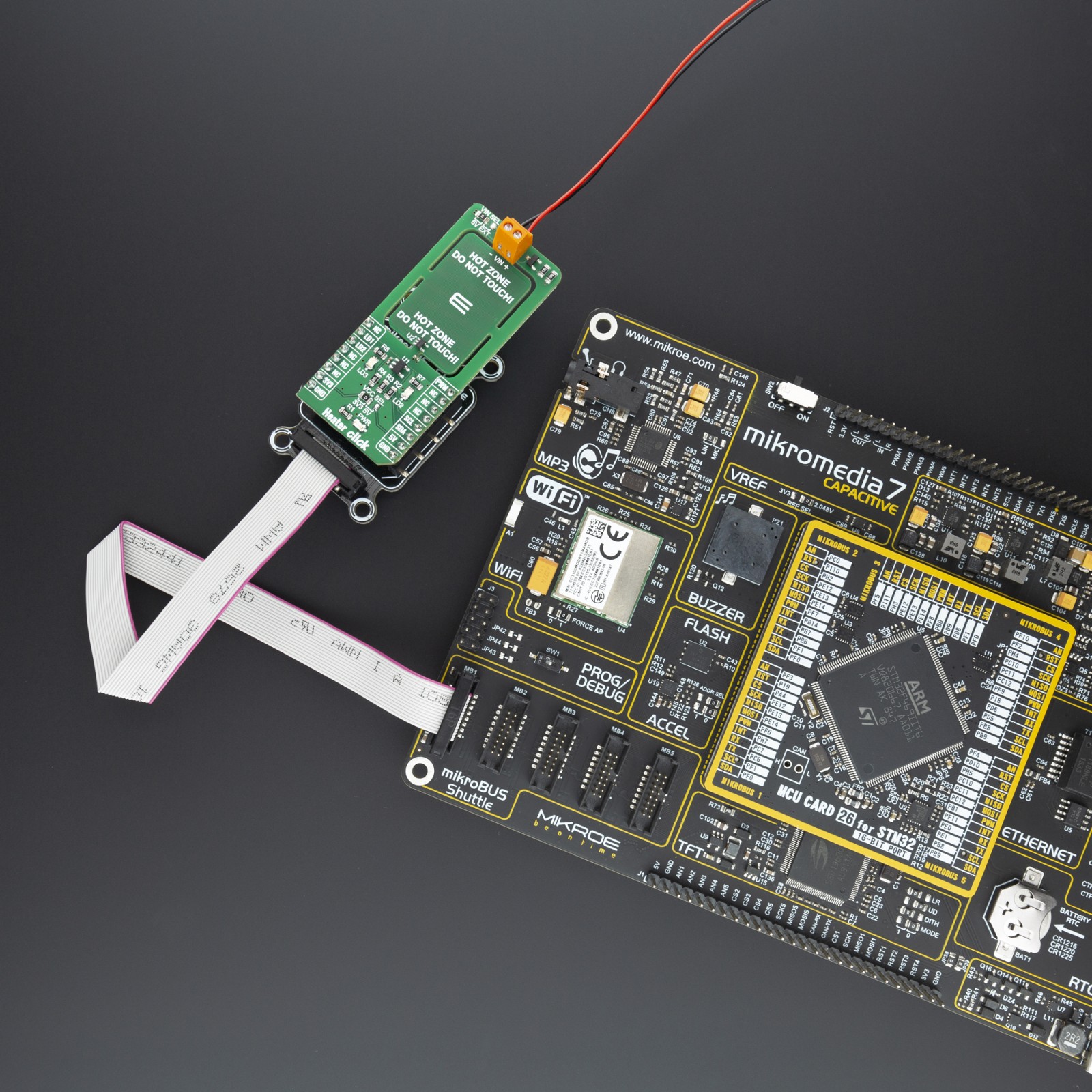
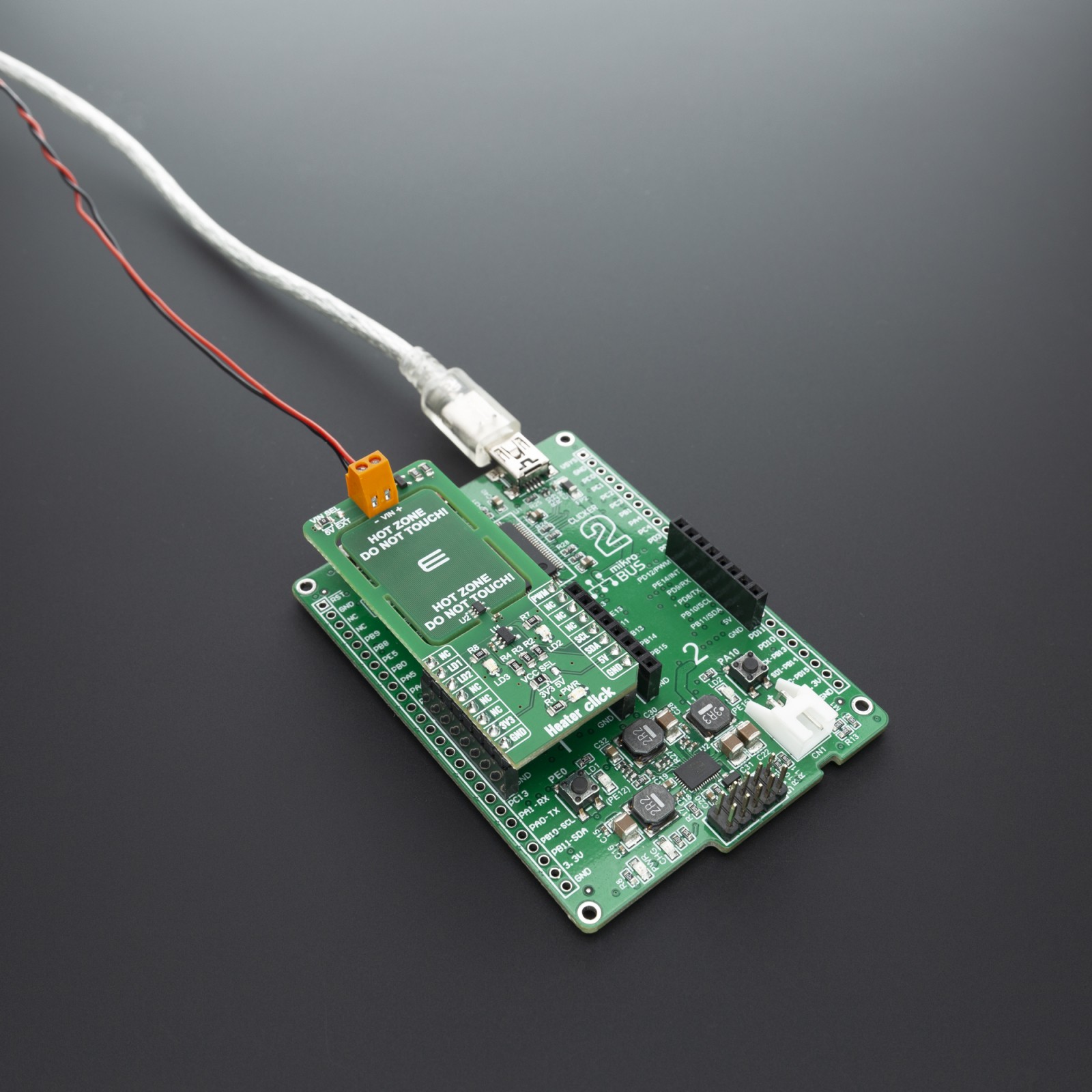

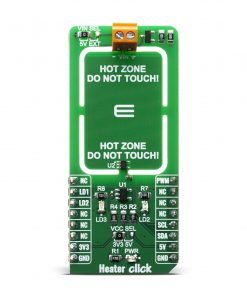
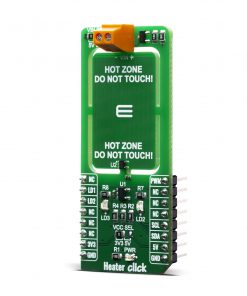



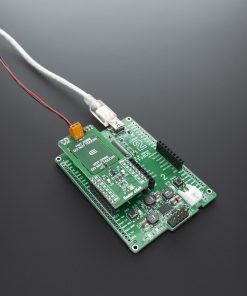

.jpg)




